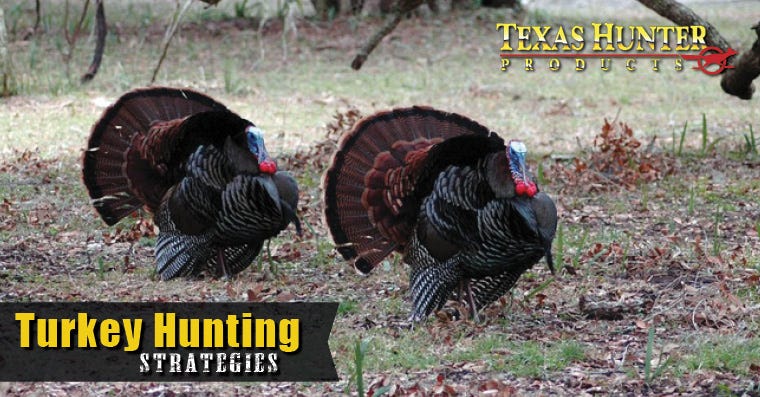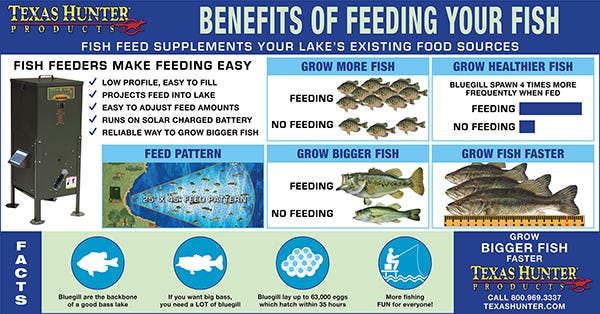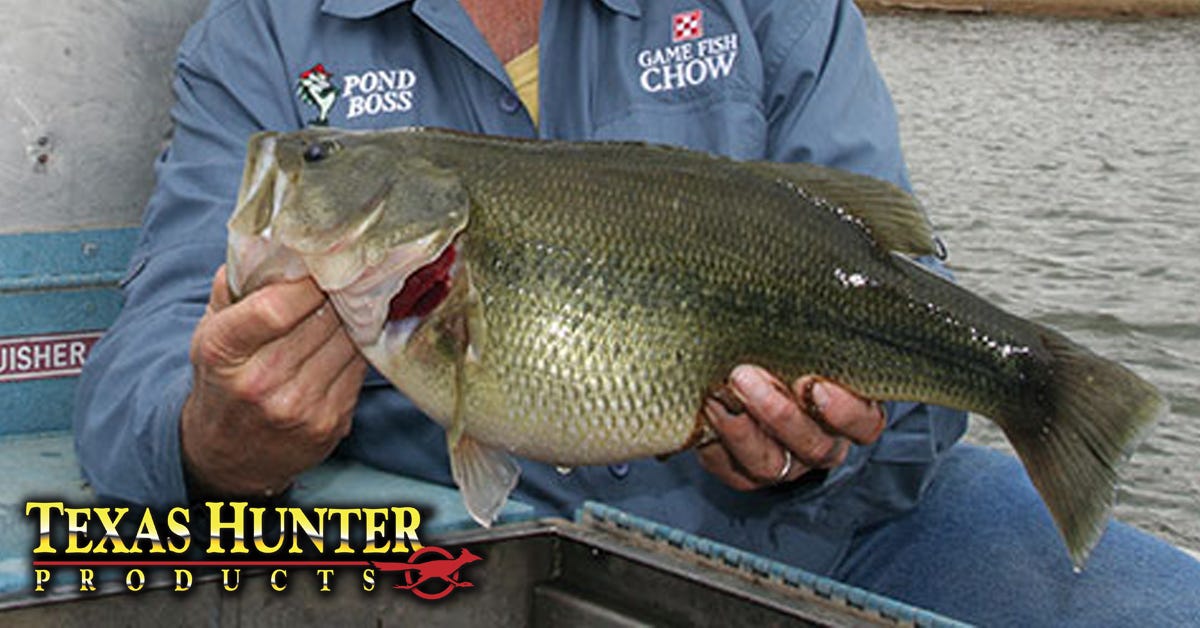- Mar 8, 2017
Spring Turkey Hunting Strategies

As Spring Turkey season gets underway this month across the nation, here are a few tips to help with your spring turkey hunts.
Where to find spring turkeys
Pre-season scouting is an ongoing strategy so get out there in advance. Wild turkeys leave a mess wherever they go, making them easier to find when you’re out scouting. Look for molted feathers, scratches in leaves where there digging for food, tracks in the dirt, droppings and wing drags from strutting – all these can help you get closer to tagging one this spring. Turkeys seek out the best habitat which needs roosting cover, food sources and areas for spring breeding and nesting. That’s where you’ll find the longbeards.
Choosing the right decoys and how to set them up.
Invest in a full-strut gobbler decoy, they are very effective with toms in the field. Stake it where it can be seen in the open and within 20 yards of your hunting position. Set-up two or three hen decoys around the gobbler so the real tom thinks some of his hens have flown the coup. If you’re hunting with a shotgun, turn the decoy so it’s looking away from your spot so you’ll get a clean headshot. If using a bow, set-up the decoy so it’s looking toward your hunting position so the real tom’s fan will be facing you.
Close the Distance
When
you can hear a tom gobble but they’re out of sight and refuse to come-in, get
up and move around in small circles while yelping for about two solid minutes,
then move 50 yards directly away from the turkey, calling the whole time. When
you get to 50 yards, stop and be quiet. Slowly move back toward the bird about half
the distance between the gobbler and your original position, stay put and be
quiet. The tom wants to stay near the hen and he will finally move. When he
does, you’ll be in position.
Lay
Out for Field Toms
When you have a gobbler that sets-up in the center of a field in the mornings and refuses to come near the woods, set-up a low-profile goose hunting blind near the spot where he likes to strut. Set-up a hen and strutting tom decoy out in front of you, be there before daylight and be quiet, there’s no need to call. When daylight comes, the longbeard should pitch down within shooting distance.
Just like a good whitetail deer manager uses supplemental feeding to take the pressure off his food plots and to benefit the herd's health, feeding wild turkeys can help save some of your chufa patches or other crops for the season. Texas Hunter Products offers a full-line of automatic wildlife feeders at www.TexasHunter.com and a full-line catalog is available by mail.



